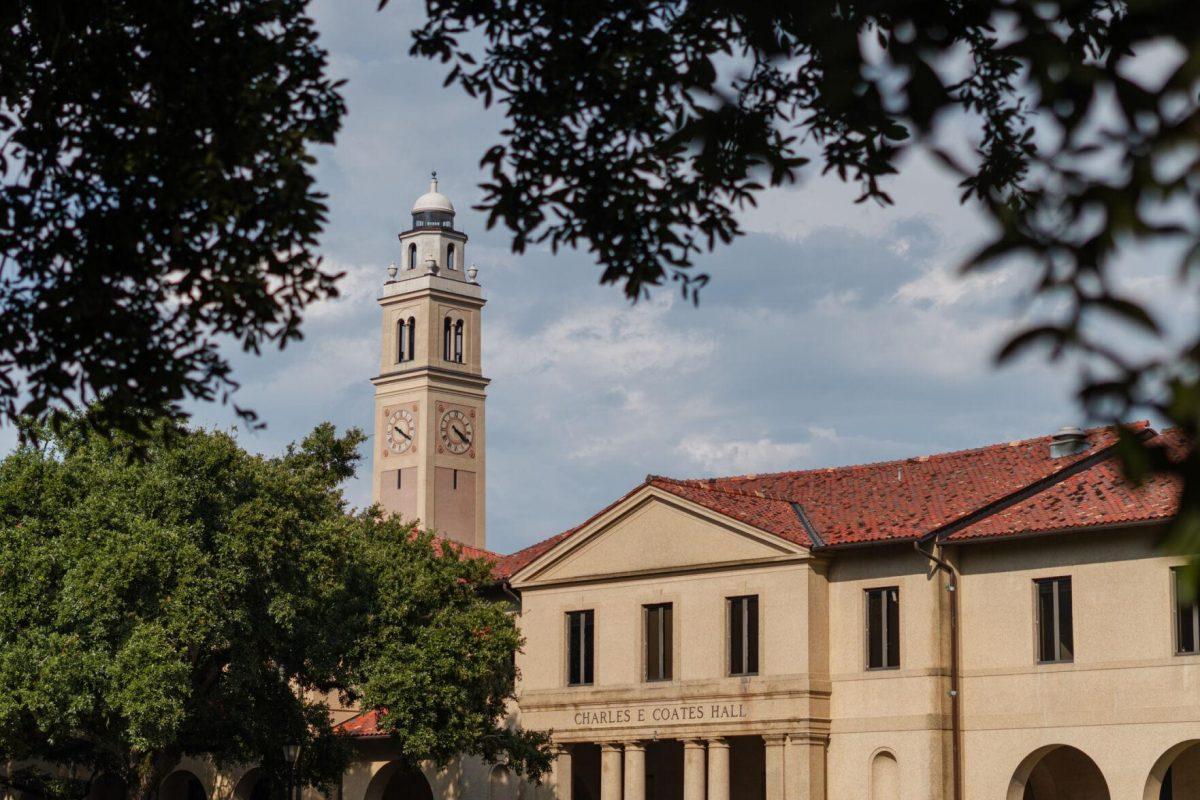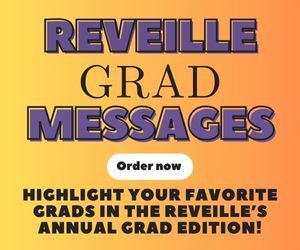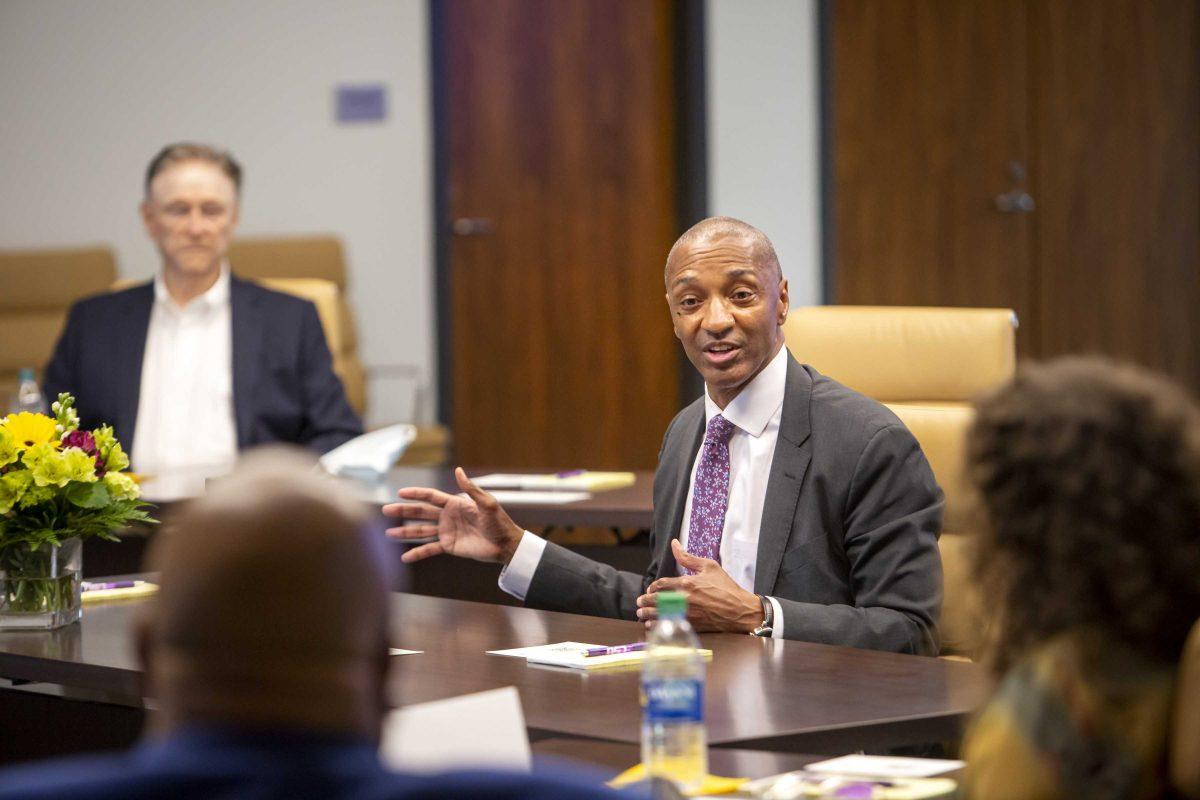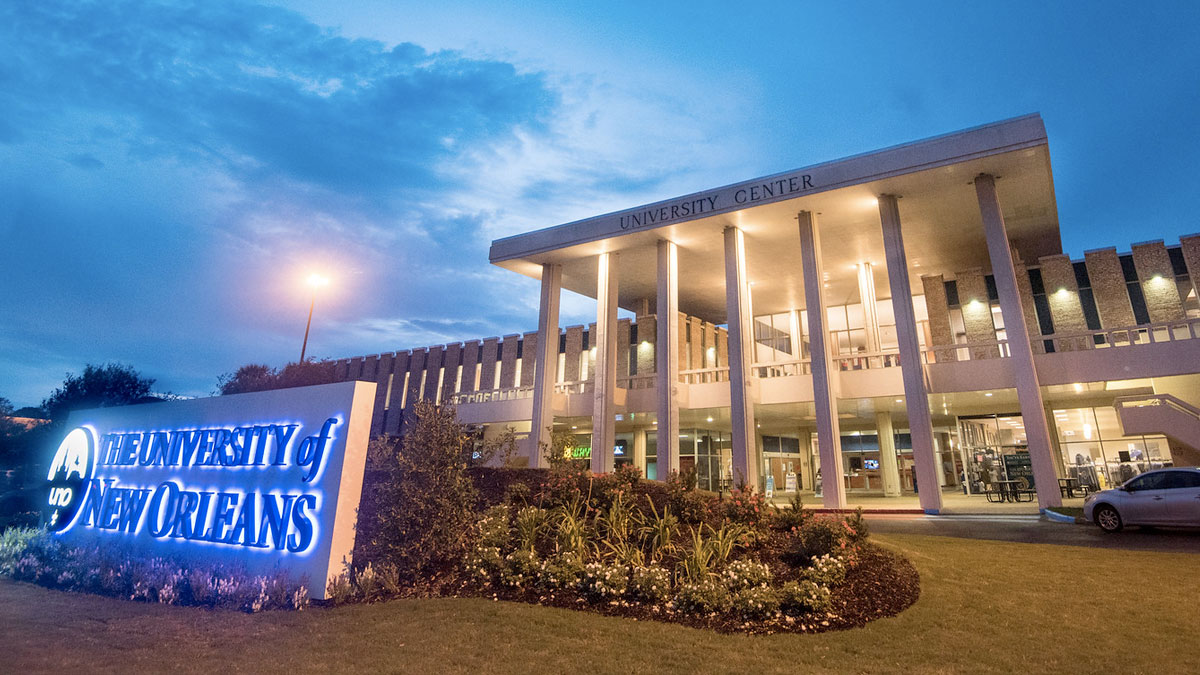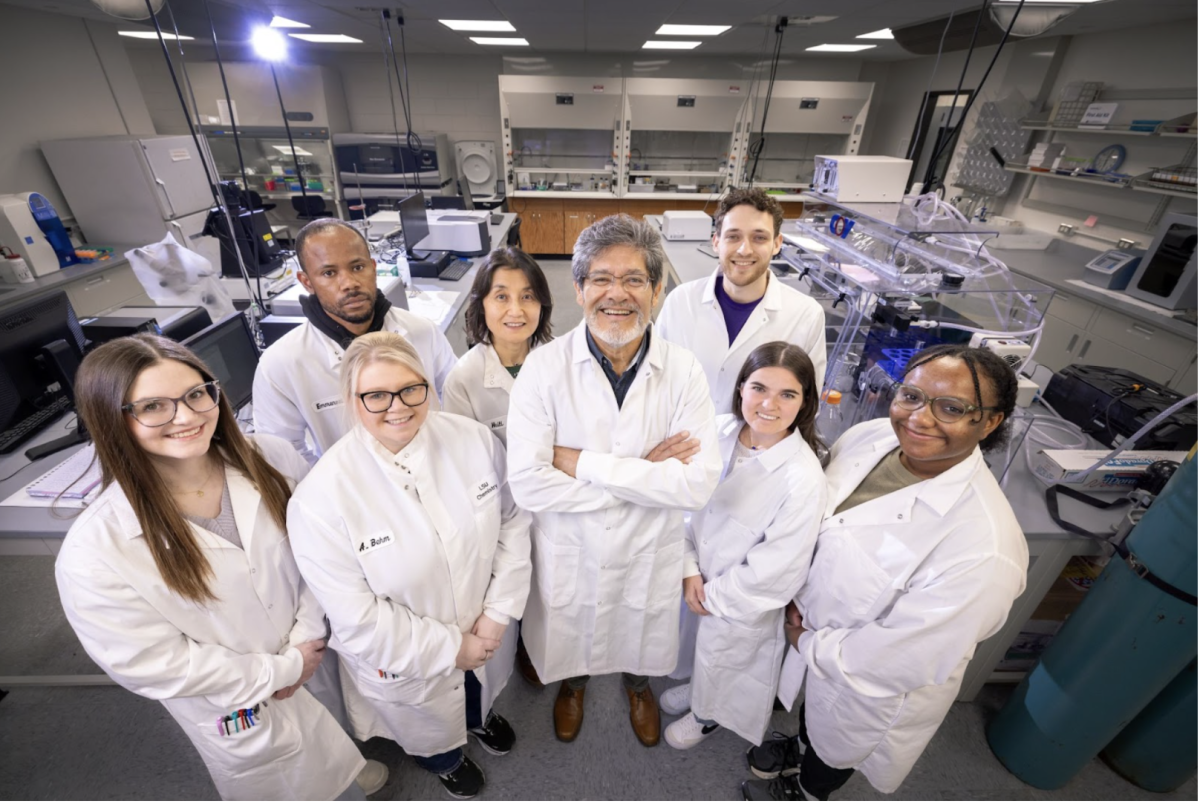LSU announced an investment of $1.8 million into research across the university at the end of last month as part of its Scholarship First Agenda.
LSU Executive Vice President, Provost and Chief Academic Officer Roy Haggerty has been using money from the provost fund for three years as part of the Big Ideas Research Grants program, a plan to remodel interdisciplinary research at LSU. The almost $2 million investment will continue this work.
“I just think the generation and propagation of knowledge is the most important thing humans can be involved in … and I think that the scholarship done at universities deserve the care and attention of the American people,” Haggerty said.
The $1.8 million will also cover equipment, travel and conference and workshop funding. Haggerty and Kimberly Lewis, the executive vice president of finance and administration and LSU’s chief administrative officer, said they believe this is the largest feasible amount they could provide to these research efforts across the entire spectrum of human experience.
The Big Ideas program funds preliminary research on a topic with the goal of obtaining external funding. Haggerty said he wants this system to create programs that last for years and are supported mainly by external funding.
Using this system, Haggerty said LSU has already increased research funding from $300 million to $500 million a year, which supports faculty, students and the economy by bringing revenue into Louisiana. Haggerty said he had successfully run a similar program at Oregon State University, where extramural funding increased by 50% in five years.
LSU is 75th in research expenditures nationwide out of more than 3,000 universities. Haggerty said LSU aspires to reach the top 50, similar to schools like the University of Colorado-Boulder which obtains more than $800 million annually for research. To achieve that, LSU needs to increase funding by 50-60%. Haggerty hopes to reach the goal by 2030, maintaining a 10% annual increase for the next five years.
Haggerty said research at universities such as LSU is usually funded externally, typically by the federal government. He believes it is too early to tell if threats from the Trump administration to cut funding will impact LSU’s plan to continue increasing its research. Either way, Haggerty said the university will continue its research dependent on federal funding.
Increasing preliminary funding is the least that LSU can do. Haggerty said that the LSU system as a whole needs revamping to elevate to the kind of university it is trying to become. Labs need to be upgraded and buildings on campus need to be deeply renovated, including the development of new spaces on campus, like the new library and the Interdisciplinary Science Building.
The university must also add resources to its finance department to handle the financial and legal aspects of $800 million yearly for research alone.
Haggerty said this research is not just beneficial to LSU, but to the state as a whole. Last year, the university’s $488 million in research pursuits contributed $1.3 billion to Louisiana’s economy.
The Big Ideas program aims to bring people together, primarily by funding interdisciplinary work. The central goal of these multidisciplinary research projects is to provide support for the arts and humanities that STEM and technical fields may already receive.
“The arts are the core part of the human experience. All of us enjoy, appreciate and benefit from experiencing the arts, so it’s a core part of a research university and deserves our support,” Haggerty said.
A problem with arts funding is that it does not have the same metrics for receiving funding as STEM fields do. Haggerty said there are conversations within the art community to try to bridge this gap, with the new dean of the College of Art and Design, Arne Flaten, being involved in this effort. Upon receiving his role next semester, Flaten said working with donors and attempting to raise money to support the arts will be his top priorities.
Big Ideas research applications are sent nationally for external review, with highly-ranked applications receiving funding. Last year, the program funded the Second Book Institute, an interdisciplinary project directed by professors Benjamin Kahan and Pallavi Rastogi.
At SBI, assistant professors writing their second book can receive support similar to that which they received during their doctoral dissertation, from formulating ideas to navigating publication. Haggerty said permanent funding for SBI has been identified, allowing it to become part of the College of Humanities and Social Sciences’ Humanities Center.
Examples of funded projects for this year include new treatments for brain injury, a book on empathy in conflict, efforts to create a microalgae industry in Louisiana and more that span across 10 colleges, 70 faculty members and even utilize off-campus partnerships such as the LSU AgCenter, Health Sciences at LSU Shreveport and Pennington Biomedical Research.
“The creation of knowledge and art is the most important thing human beings do because it allows us to be fully human and solve problems we have in our world, and that is what universities should be about,” Haggerty said.



